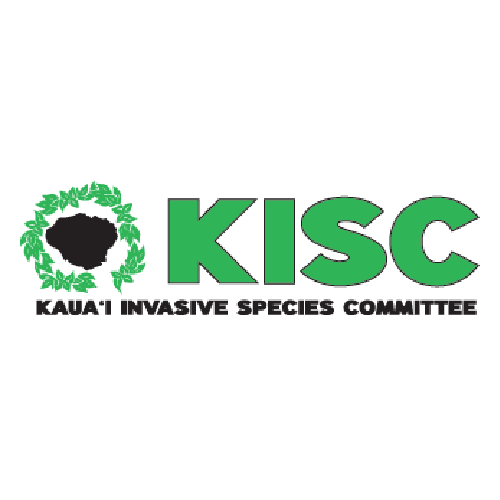Family: Verbenaceae
High Risk Traits:
- Broad climate suitability (broad native and introduced distribution across several climate zones)
- Thrives in tropical climates
- Naturalized on Kauai and Lanai (Hawaiian Islands), and across Australia
- Regarded as an agricultural weed (of pastures) and environmental weed in Australia (but currently not the Hawaiian Islands)
- Lantana camara is highly invasive
- Possibly toxic to animals and people
- Host of pathogens
- Tolerates many soil types
- Forms dense, low-growing thickets
- Reproduces by seeds (rarely if ever in the Hawaiian Islands)
- May hybridize with Lantana camara
- Spreads vegetatively by rooting stems
- Able to reach maturity in 1 growing season
- Cuttings and garden waste can contribute to accidental spread
- Seeds, if produced, dispersed by birds, other fruit eating animals, water and intentionally by people
- Seeds able to be stored for extended periods; May form a persistent seed bank
- Resprouts after cutting and fire
Low Risk Traits:
- Unarmed (no spines, thorns, or burrs)
- Ornamental
- Thrives in full sun (may not spread rapidly into densely shaded areas)
- Limited or absent seed production in the Hawaiian Islands greatly minimizes ability to spread long distances from cultivated sites
- Herbicides provide effective control
- Biocontrol agents released to control Lantana camara may also reduce vigor of cultivated plants




